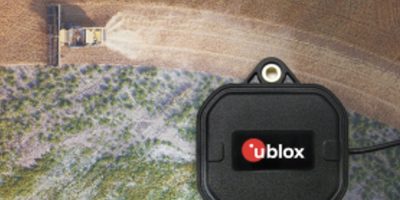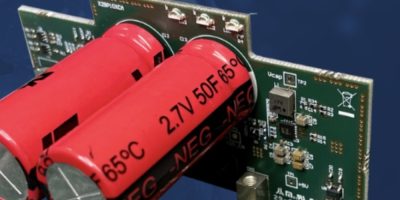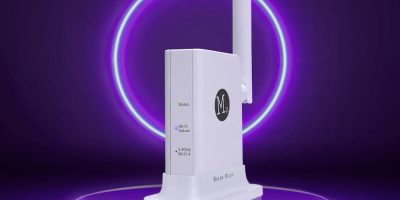u-blox has announced the launch of the ANN-MB3, its latest L1/L2/L5 triple-band RTK antenna. Designed for the u-blox F20 high precision platform the ANN-MB3 delivers exceptional performance at an affordable price point. By offering a robust antenna suitable for mass adoption, u-blox is addressing the industry’s growing demand for a reliable, flexible, and cost-effective GNSS antenna solution that accelerates the adoption of high-precision positioning technologies across industrial, automotive, and robotics applications.
The ANN-MB3 provides customers with a practical and scalable way to integrate high-precision positioning into their products. By combining robust design and compact dimensions (62 × 80 × 25.5 mm), the antenna makes high-precision GNSS accessible for a wide range of industries and applications.
The ANN-MB3 integrates an additional notch filter (LTE B13) in L1 RF path, and provides out-of-band interference mitigation, ensuring reliable performance even in harsh RF environments while minimising design complexity for customers. Ready-to-use and designed with flexible installation options, ANN-MB3 reduces the time, cost, and RF expertise required to implement triple-band GNSS solutions.
Optimised for the u-blox F20 triple-band platform (e.g. ZED-F20P) and fully compatible with u-blox F9 receivers supporting L1, L2, and L5 bands, ANN-MB3 enables customers to standardise on a single antenna solution that covers multiple frequency needs.
Applications such as industrial automation, agriculture, heavy machinery, autonomous vehicles, mobile robotics, UAVs, and network infrastructure increasingly require robust centimetre-level positioning.







